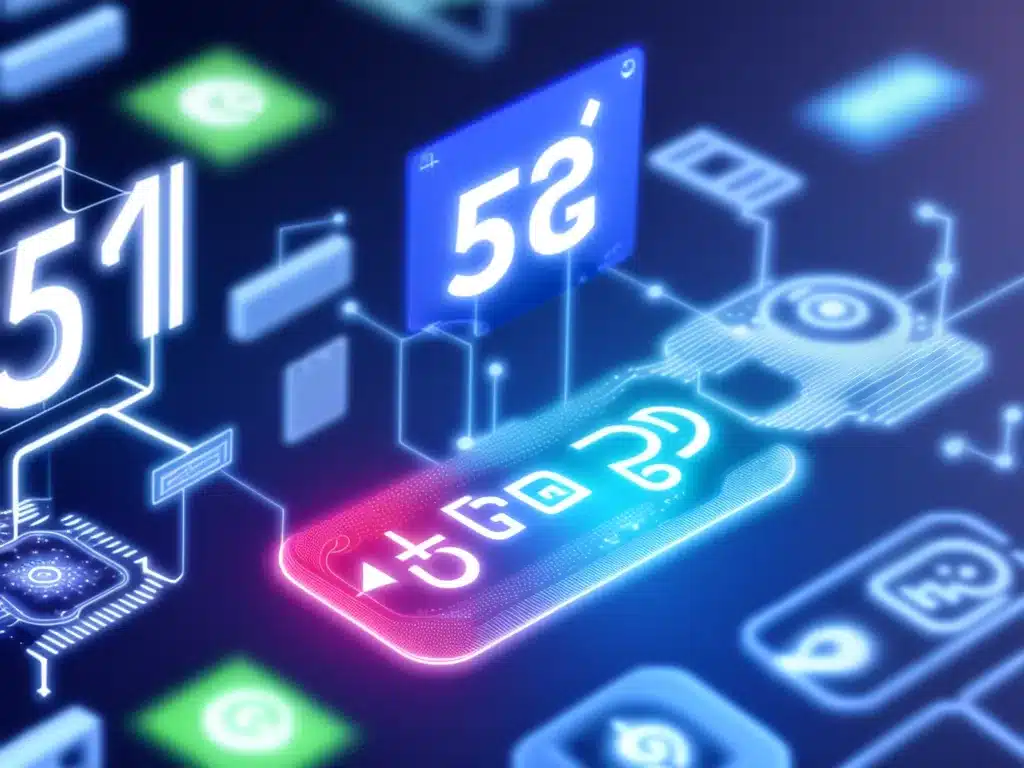
Will 5G Enable the Next Wave of IoT Innovation?
Introduction
The Internet of Things (IoT) market is expected to grow tremendously in the coming years. There are predictions that there could be over 25 billion IoT devices connected by 2025. The rollout of 5G networks will act as a key enabler and catalyst for this growth by providing the high speed, low latency connectivity needed for many IoT applications. In this article, I will explore the ways in which 5G will drive innovation in the IoT space and unlock new use cases that were not feasible previously.
Enhanced Connectivity for Massive IoT Deployments
One of the most significant impacts of 5G on IoT will be the ability to connect massive numbers of devices cost effectively. 5G utilizes network slicing technology which allows operators to create multiple virtual networks with different characteristics on top of a common physical infrastructure.
This enables the creation of network slices optimized for IoT, providing the right balance of speed, latency and cost for sensor networks. With 5G, it will become economical for operators to connect hundreds of thousands of low power, low throughput devices in a single cell. This enhanced capacity will pave the way for large scale deployments of IoT devices across homes, factories, farms and cities.
New Opportunities for Mission Critical IoT
In addition to connecting more devices, 5G also enables new types of IoT applications with its support for ultra-reliable low latency communications (URLLC). URLLC is one of the major 5G use cases, with a targeted latency of 1ms for mission critical services.
This level of determinism opens up new opportunities in areas such as industrial automation, autonomous vehicles, drone control and telemedicine where split second responsiveness is crucial. With 5G, time sensitive control messages between machines in a factory or between a drone and its controller can be delivered almost instantaneously.
Furthermore, 5G’s reliability enhancements like multi-path TCP make it feasible to build products depending on wireless connectivity for critical tasks. This allows cables and wired connections to be replaced with wireless in industrial setups.
Transition to Edge Computing Architectures
To fully realize the potential of 5G for IoT, the processing of data will need to transition from the cloud to the edge of the network. This edge computing approach reduces latency as real-time analysis of IoT data occurs closer to where it is generated. 5G provides the speeds and interconnectivity required for edge computing.
With 5G and edge computing combined, use cases like autonomous vehicles become more practical. Instead of sending large volumes of sensor data to the cloud, self-driving cars can make split second maneuvers relying on edge computing power. Edge computing also benefits industrial automation, AR/VR, smart cities and more.
Evolution of Cellular-based IoT Devices
The transition to 5G will accelerate the adoption of cellular connectivity in IoT devices that traditionally relied on unlicensed protocols like WiFi and Bluetooth. Cellular IoT offers long range, interference free and secured connections. However, LTE-based cellular IoT was held back by hardware costs and battery life concerns.
5G introduces a new generation of low power wide area (LPWA) networks optimized for IoT. These networks called RedCap allow small, low-cost, long life cellular modules to be integrated into IoT devices. With 5G, LPWA networks can potentially replace WiFi, Bluetooth, Zigbee and other unlicensed tech for many applications.
Unlocking New Verticals and Revenue Streams
The combination of 5G and IoT will enable operators and businesses to target new industry verticals for value creation and revenue generation. For instance, 5G can allow IoT use cases in verticals like energy, manufacturing and transportation that were not fully realizable before due to technology limitations.
Within these verticals, companies can leverage 5G and IoT to create new data-driven services and business models based on real-time insights. This will open up new recurring revenue streams by moving from selling just connectivity to selling business insights.
Conclusion
In summary, 5G networks will be a monumental development that propels the adoption of IoT across consumer and enterprise domains. Specifically, the improved connectivity, ultra-low latency, edge computing support and evolution of cellular IoT in 5G will drive innovation across various IoT verticals. In the coming years, 5G-enabled solutions have the potential to transform many industries through massive, mission critical and cellular IoT deployments.












